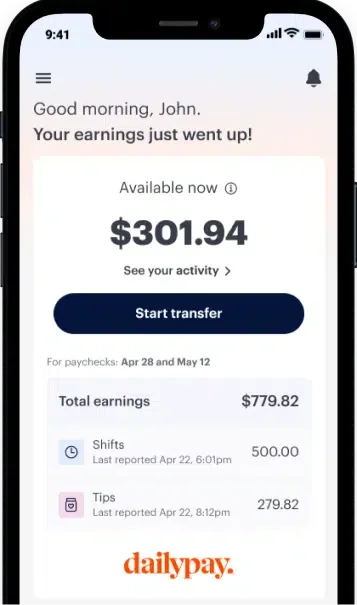Budgeting is the foundation of financial health. It catalogs your income and expenses to help you pay your bills on time, prevent overspending, and work toward your financial goals. Having this kind of plan can go a long way in easing financial stress and making you feel more in control of your money. It’s especially important considering that 61% of Americans surveyed by Bankrate said they’d be unable to easily cover an unexpected $1,000 expense.
Financial literacy can help change that—and that’s where budgeting comes in. The 50/30/20 rule is a popular strategy that has you break down your expenses into distinct spending categories. It’s an ideal method for people who like the idea of compartmentalizing their finances.
Zero-based budgeting works a little differently but can be just as effective. Here’s how it works.
How does zero-based budgeting work?
It’s all in the name. The goal of zero-based budgeting is to subtract your monthly expenses from your monthly income until you get to zero. Let’s say that after taxes and payroll deductions, you bring home $3,200 per month. That number goes at the top of your budget. Beneath that, you list out all your expenses—from groceries and rent to gas and eating out. After all is said and done, let’s say you have $200 leftover. This amount would go toward your financial goals, leaving your total “balance” at zero.
You’re essentially making a plan for every dollar of income. The idea is that we’ll most likely spend money that isn’t accounted for.
Benefits of zero-based budgeting
From the get-go, you may notice that your expenses are greater than your earnings. This is a powerful revelation because it’s showing you in black and white that something isn’t adding up. Your options here would be to either increase your income, decrease your spending, or rely on rely on credit cards or cash savings to cover the gap. Think of it as a financial “aha moment.”
It’s probably easiest to look at your expenses first. Begin by tracking your spending. You can do this pretty quickly by looking back on your debit and credit card transactions from the last few months. There will be essential bills, like your rent/mortgage, utilities, cell phone, minimum debt payments and the like. Then there will be nonessential spending. This includes everything from shopping to eating out. When you list it all out, are there things you can cut or decrease to balance your budget? It’s all about making reasonable trade-offs in the name of financial wellness.
How to manage a zero-based budget
Zero-based budgeting isn’t fancy. A simple Excel spreadsheet is an easy way to do it. (Google Sheets works too.) It creates space for individual expenses and will even tally up the numbers for you. There are also different apps that embrace this type of budgeting method.
Drawbacks of zero-based budgeting
This type of budget is fairly straightforward, though there are a few potential snags.
Be sure to account for non-monthly expenses.
These are budget-busters that don’t come up every month—stuff like insurance premiums and holiday spending fall into this category. Take a few minutes to list them all out. Now add up each one and gradually save for them over the months ahead. Here’s an example of how to do it:
Let’s say you typically spend $2,000 every year on your kids’ summer camps, and the bill is due every June. After you pay it this year, divide $2,000 by 12 months. This comes out to about $166 per month and will be a line item on your budget. Every month, transfer that amount over to your savings account and earmark it for camp. By the time next June rolls around, you’ll have that money waiting for you.
You’ll need to ballpark fluctuating expenses.
Not all bills are the same every month. Your electric and water bills, for instance, can fluctuate. When building your zero-based budget, it’s wise to overestimate and go from there. It’s always better to have extra money at the end of the month than a deficit. If you’re an hourly worker or freelancer, you’ll also want to use conservative estimates if you have irregular income.
It’s wise to leave a little cushion in your checking account.
Despite all our planning, surprise expenses can come along and disrupt our budget. Maybe you forgot about a bill that’s automatically deducted from your checking account—or a surprise trip to the doctor leaves you stuck with a co-pay you didn’t budget for. One of the best ways to avoid overdrawing your account is to leave a little buffer every paycheck. It doesn’t have to be much; just enough to create a small cushion for the unexpected.
At DailyPay, we understand that financial empowerment begins with a solid budget. That’s why we enable you to access your earned income ahead of payday. It’s your money, and you should be able to use it whenever you need to.
All information herein is for educational purposes only and should not be relied upon for any other use. The information herein does not constitute the rendering of financial advice or other professional advice by DailyPay.

